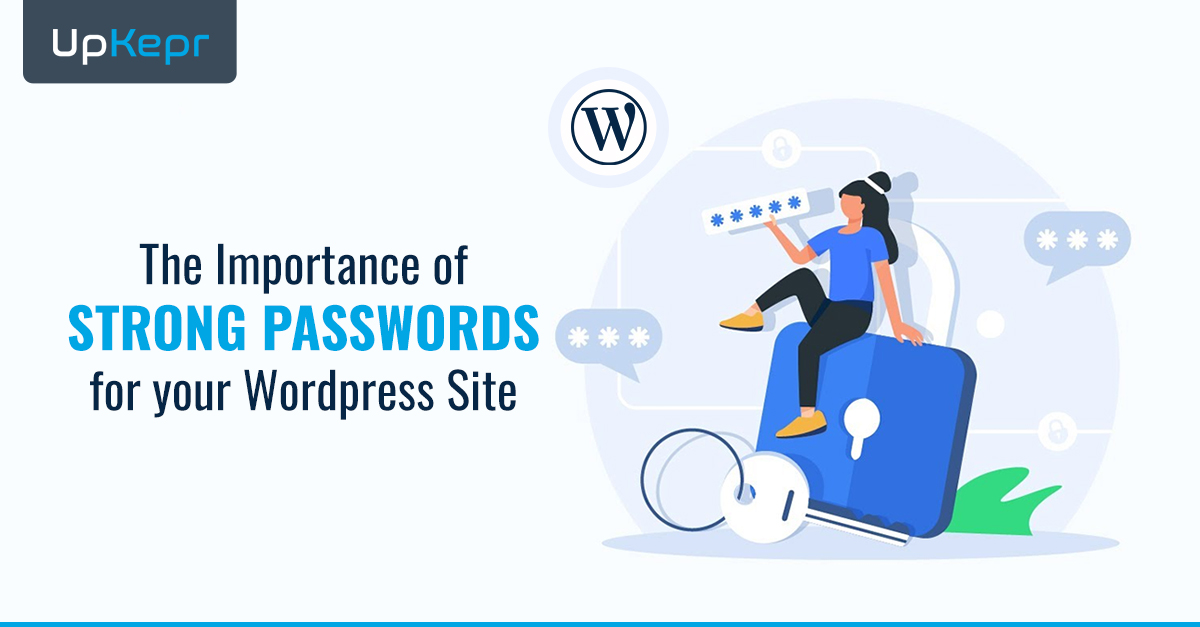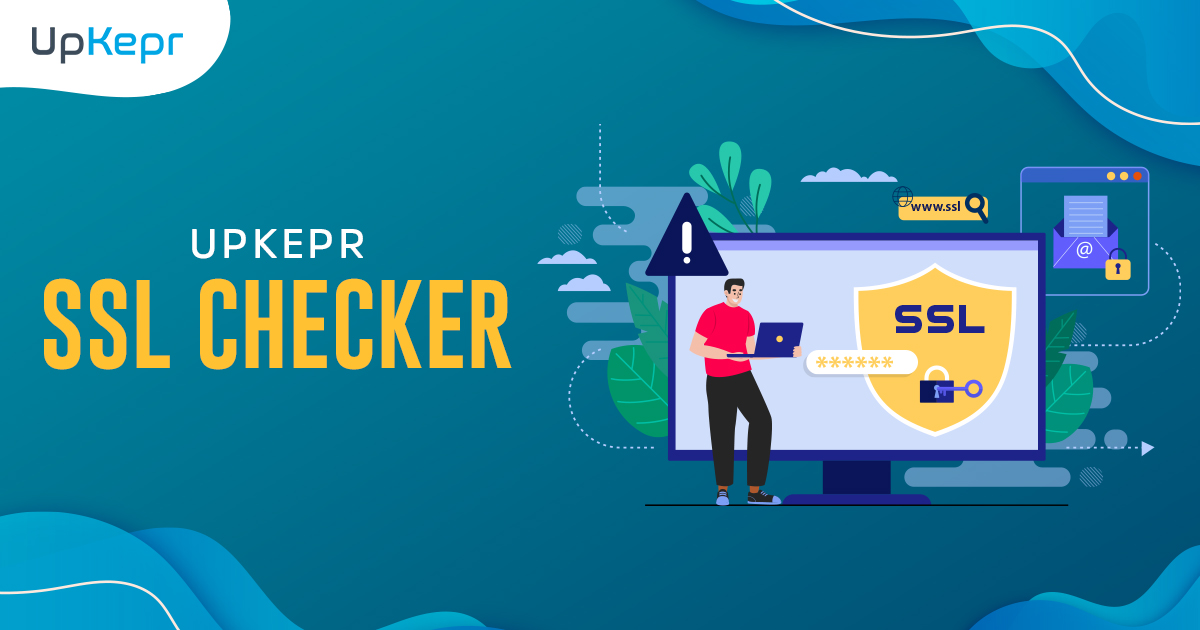
What Are the Most Common Threats to WordPress Sites?

WordPress powers over 40% of websites worldwide, making it a prime target for hackers and cyber threats. While its flexibility and ease of use are unmatched, improper security practices can leave sites vulnerable to attacks. In this blog, we’ll explore the most common threats to WordPress sites and how you can protect your website from potential security breaches.
1. Brute Force Attacks
Brute force attacks involve automated scripts attempting thousands of username and password combinations to gain unauthorized access to your WordPress site. These attacks can compromise your admin panel and grant hackers control over your entire website.
How to Prevent Brute Force Attacks:
- Use a Random Password Generator to create strong and unique passwords.
- Enable two-factor authentication (2FA) for additional security.
- Limit login attempts using security plugins.
- Change the default WordPress login URL to a custom one.
Secure your WordPress login with UpKepr Random Password Generator to generate strong, hack-proof credentials.
2. Malware Infections
Malware is a malicious code injected into your website to steal data, redirect users, or even deface your site. It often enters through outdated themes, plugins, or weak security configurations.
How to Detect and Remove Malware:
- Regularly scan your website using Website Analyser & Checker.
- Update plugins and themes to their latest versions.
- Install a web application firewall (WAF) to block malicious traffic.
- Use a malware removal tool to eliminate infections.
3. SQL Injection Attacks
SQL injection (SQLi) attacks occur when hackers insert malicious SQL queries into your website’s database, enabling them to steal sensitive data or modify site content.
How to Protect Against SQL Injection:
- Use prepared statements and parameterized queries in your database.
- Keep WordPress core and plugins updated.
- Install a security plugin that prevents SQLi attacks.
- Regularly monitor and audit database activity.
Use UpKepr Website Analyser to scan for vulnerabilities and strengthen database security.
4. Cross-Site Scripting (XSS)
XSS attacks occur when hackers inject malicious scripts into web pages viewed by users. This allows attackers to steal user credentials, hijack sessions, or deface websites.
How to Prevent XSS Attacks:
- Sanitize user input to remove harmful scripts.
- Use Content Security Policy (CSP) headers to restrict script execution.
- Regularly update WordPress, themes, and plugins.
- Implement security plugins that detect and block XSS attacks.
5. Outdated Plugins and Themes
Outdated plugins and themes often contain security loopholes that hackers can exploit. Developers release updates to fix vulnerabilities, but failing to update leaves your site exposed.
How to Stay Secure:
- Remove unused and outdated plugins.
- Keep your WordPress themes and plugins updated.
- Use only trusted sources for plugin downloads.
- Perform regular security audits.
Learn more about How to Avoid WordPress Plugin Vulnerabilities and Stay Safe
6. DDoS Attacks (Distributed Denial of Service)
DDoS attacks flood your server with an overwhelming amount of traffic, causing your website to crash or become unresponsive.
How to Mitigate DDoS Attacks:
- Use a Content Delivery Network (CDN) like Cloudflare to filter traffic.
- Enable rate limiting to block excessive requests.
- Monitor traffic patterns for unusual spikes.
- Implement a firewall to block malicious bots.
7. Phishing Attacks
Phishing attacks trick users into providing sensitive information by imitating a legitimate website or email.
How to Prevent Phishing Attacks:
- Use SSL certificates to encrypt website data.
- Educate users about identifying phishing emails.
- Avoid clicking on suspicious links.
- Implement email authentication methods like SPF, DKIM, and DMARC.
Check your SSL security with UpKepr SSL Checker Online to ensure your site is protected.
8. Unauthorized File Uploads
Hackers can exploit file upload functionalities to inject malicious scripts into your server.
How to Secure File Uploads:
- Restrict file types that can be uploaded.
- Use file scanning tools to detect suspicious files.
- Store uploaded files outside the webroot directory.
- Implement strong authentication and permission controls.
9. Weak User Permissions and Roles
Granting excessive permissions to users increases the risk of insider threats or accidental security breaches.
How to Manage User Roles Securely:
- Follow the principle of least privilege (PoLP).
- Regularly review user access levels.
- Enable two-factor authentication for administrators.
- Remove inactive user accounts.
Scan Your Website With UpKepr Now
Conclusion
Securing your WordPress site requires a proactive approach to mitigate threats like brute force attacks, malware infections, and outdated plugins. Regular security audits, strong passwords, and up-to-date plugins are essential to keeping your site safe.
UpKepr provides a suite of security tools, including Website Analyser & Checker, SSL Checker Online, and Random Password Generator, to help you identify vulnerabilities, secure your site, and prevent cyber threats. Stay ahead of hackers and safeguard your WordPress website today with UpKepr!



























































































 Sign Up with Google – Free
Sign Up with Google – Free Sign Up with Github – Free
Sign Up with Github – Free